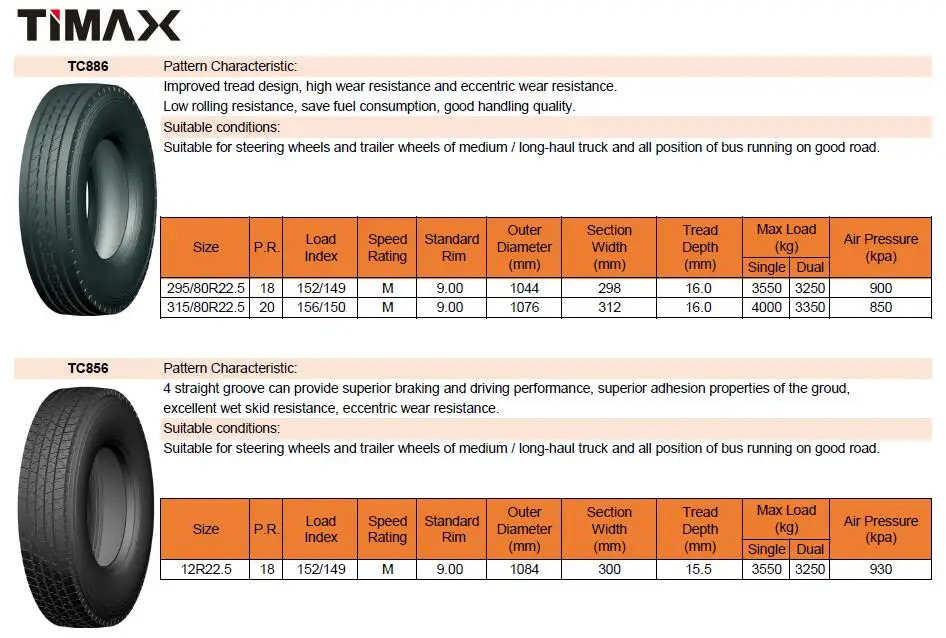05/03/2015
Hanover, Germany, March 5, 2015. More stringent checks to ensure compliance with the permitted overall height of volume transports pose significant challenges for transport companies and demand new vehicle concepts. The Conti EcoPlus HD3 is the German premium tire manufacturer's first drive axle tire developed exclusively for low-liners. This 315/45 R 22.5 tire is specially designed for the requirements of the volume transport segment and despite its low diameter is suitable for axle loads of 11.6 tons in dual fitment. The incorporation of the latest technology makes this low profile tire the lowest in its class, enabling the best possible use to be made of the 3-meter internal load height of the trailer without exceeding the maximum permitted total height.
The Conti EcoPlus HD3, size 315/45 R 22.5, for the drive axle.
The maximum legal exterior height of four meters is a continual problem for fleet operators. The use of conventional truck tires such as the 60 series does not allow the internal load height to be fully utilized, without exceeding the maximum permitted overall height. The new Conti EcoPlus HD3 315/45 is designed specifically for the drive axle of low-liners. With a diameter of just 852 millimeters, it lowers the fifth-wheel height of the towing vehicle to ensure that the permitted external height is not exceeded. To develop the tire, Continental worked closely with truck and trailer manufactures who modified their vehicle concepts as a whole.
The Conti EcoPlus HD3 315/45 has a much lower diameter than a comparable 60s series tire. In twin fitment, this tire is still suitable for an axle load of 11.6 tons because the belt ply was constructed using 0° technology. To achieve narrower sidewalls for this low-profile tire, a special carcass cord was used.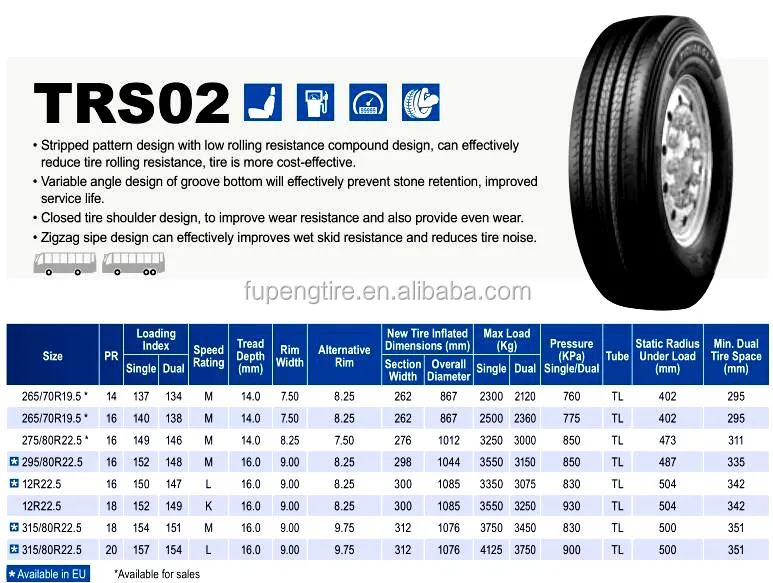 This highly stable but very flexible material enables the casing to easily withstand localized high bending loads.
This highly stable but very flexible material enables the casing to easily withstand localized high bending loads.
The low tire diameter also presents a special challenge to the rubber compound for the tread. Due to their lower rolling circumference, low profile tires naturally have a lower wear volume. The new rubber compound of the Conti EcoPlus HD3 315/45 guarantees optimum tread wear with low rolling resistance.
The ideal partner for this low-profile steer axle tire is the new Conti EcoPlus HS3, size 355/50 R 22.5.
Like all of Continental's Generation 3 tires, the Conti EcoPlus HD 3 315/45 uses a retreadable premium carcass featuring the patented AirKeep® inner liner against creeping loss of compressed air. The regroovable tread extends the life of the traction tire and makes it more economical. The side wall of the Conti EcoPlus HD3 315/45 features both the M+S symbol and the 3-Peak Mountain Snowflake symbol (3PMSF), making it a safe choice for snow-covered roads too.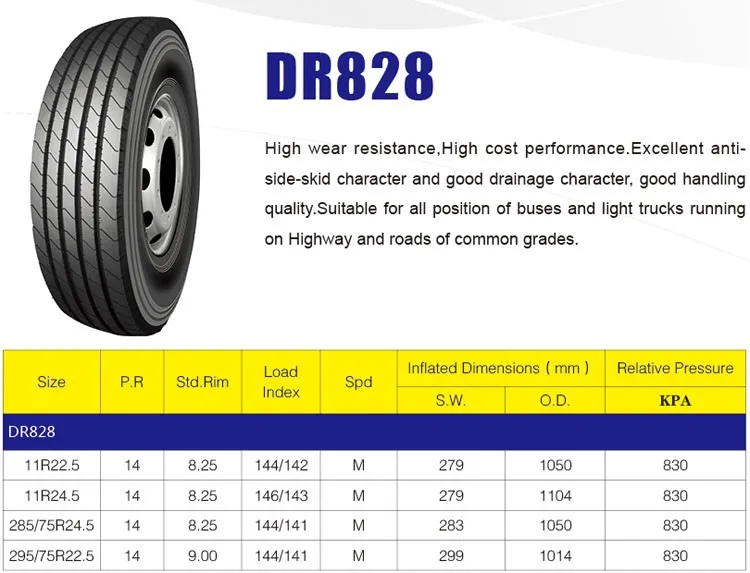
In the coming months, the Conti EcoPlus portfolio will be extended with the Conti EcoPlus HS3, size 355/50 R 22.5. Together with the Conti EcoPlus HD3 315/45, this low-profile steer axle tire is the ideal choice for tractor units and semi-trailers in volume transport.
The Conti EcoPlus HD3 315/45 and the Conti EcoPlus HS3 355/50 are a welcome addition to the tire family designed specifically for long-haul service and regional transport with frequent use of freeways.
by Sarah McLeod
driving in dangerous conditions on a wet road image by Stephen Gibson from Fotolia.com
Common tire specifications include tire construction type, loaded ratios, size aspect ratios, manufacturer name, speed capacity, tire diameters, widths and weights. Michelin 22.5-inch tires are designed for use on recreational vehicles and motor homes. They are available under the Michelin tire model XRV. According to Michelin Truck's overview of the XRV, these tires have special features to facilitate drain water from the tires for better traction.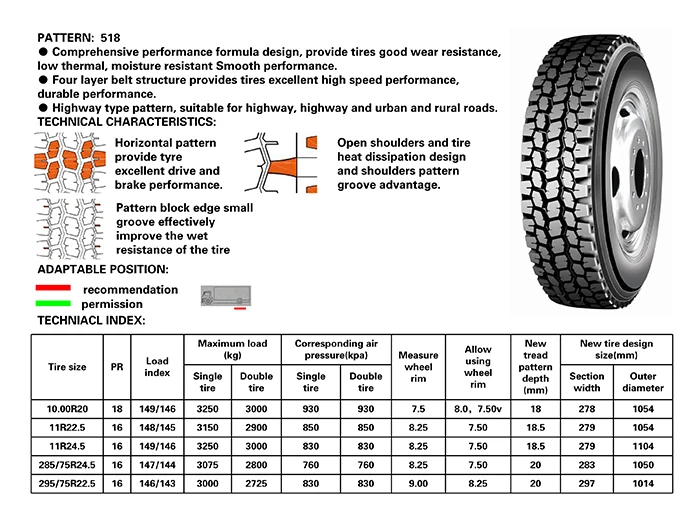 In addition, sidewall characters are enlarged for easier reading.
In addition, sidewall characters are enlarged for easier reading.
Michelin 22.5 tires have loaded radii from 17.4 to 18.1 inches. The loading radius is the greatest distance from a wheel's axis to a supporting surface.
Michelin 22.5 tires have widths ranging from 9.2 to 12.3 inches. The 12.3-inch width is the maximum width measured in a cross section of unloaded tire. These tires also have overall diameters without loading ranging from 37.1 to 39.1 inches. The smallest 22.5 Michelin tire, the 235/80R, weighs 78.9 lbs. The second largest tire, the 255/80R, weighs 89.5 lbs., and the largest of the three, the 305/70R, weighs 126.8 lbs.
Michelin 22.5 tires can operate safely at speeds up to 75 mph.
Manufacturer approved rim sizes for the Michelin 22.5 tires are 6.75, 7.50, 8.25 and 9.0. Specifically, the Michelin 235/80R 22.5 may be fitted on 6.75 and 7.50 inch rims. The Michelin 255/80R 22.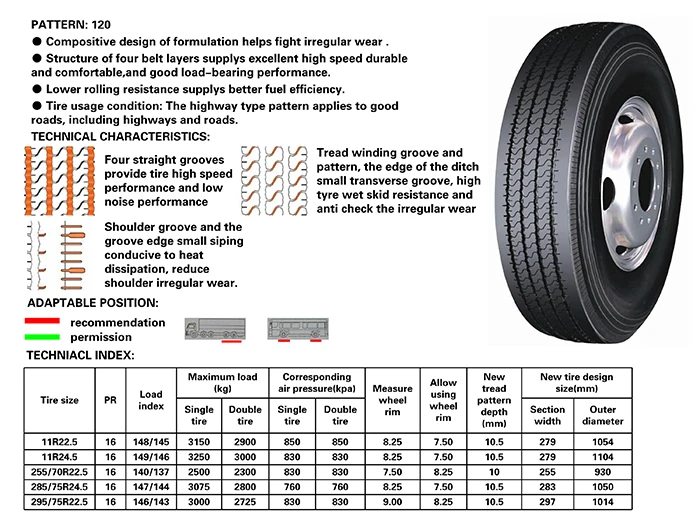 5 may be fitted on 7.50-inch and 8.25-inch rims. The Michelin 305/70R 22.5 may be fitted onto 8.25-inch and 9.0-inch rims.
5 may be fitted on 7.50-inch and 8.25-inch rims. The Michelin 305/70R 22.5 may be fitted onto 8.25-inch and 9.0-inch rims.
Michelin 22.5 tires have varying aspect ratios. They come in 235/80R, 255/80R and 305/70R ratios. The first numbers, 235, 255 and 305, represent the widths of the different 22.5 tires in millimeters and the second set of numbers, 80 and 70, represent the height. According to Coast Tire and Auto Service, aspect ratios are common sidewall indicators.
The Michelin 22.5 tire creates a different number of revolutions per minute (rpm) over the course of a mile, depending on the tire size. The 235/80R 22.5 tire revolves 556 times over the course of 1 mile. The 255/80R 22.5 tire has an rpm of 541 per mile and the 305/70R 22.5 has a 531 rpm.
The depth of tread on all of the Michelin 22.5 tires is 16/32 of an inch.
References
Writer Bio
Sarah McLeod began writing professionally for the federal government In 1999.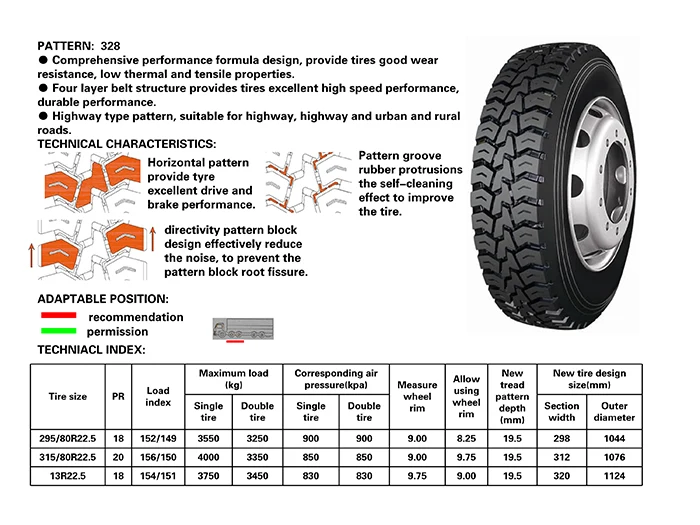 In 2002 she was trained by Georgetown University's Oncology Chief to abstract medical records and has since contributed to Phase I through Phase IV research around the country. McLeod holds a Bachelor of Arts in human services from George Washington University and a Master of Science in health science from Touro University.
In 2002 she was trained by Georgetown University's Oncology Chief to abstract medical records and has since contributed to Phase I through Phase IV research around the country. McLeod holds a Bachelor of Arts in human services from George Washington University and a Master of Science in health science from Touro University.
Every motorist eventually comes to the moment when he wants to make a certain upgrade of the car. But any modification entails not only design changes, but also the improvement or deterioration of running gear. But is it possible to change tire sizes? Undoubtedly, this also applies to car tires with disks. Replacing tires and wheels is one of the most popular tuning manipulations. Everyone knows that wider and higher tires give the car solidity and attractiveness, even if the modified vehicle belongs to the budget category. But is increasing tire size really a good idea? Let's look at three options for replacing rubber with a factory dimension of full profile, low profile or extra low profile tire replacement options.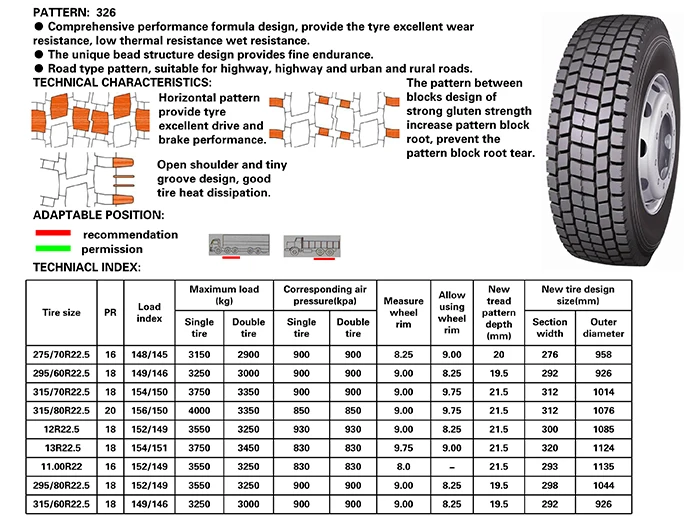
To begin with, it should be understood that the native size is chosen by designers for a reason. It is formed based on the technical capabilities of the car, its traction and acceleration characteristics. Also, the initial size is affected by the shape of the car body, weight, and its purpose.
Tire size is determined by three values, for example, in a tire with a size of 185 65 R14 they will be interpreted as follows:
Changes to certain parameters have consequences in terms of clutch quality. Moreover, each case is private, there is no specific rule on how this or that modernization will affect the ride. In case of a planned change, it is necessary to consult with a specialist. Below is a table of replacement tire sizes.
Replacing R12 tires
| Size | 80 | 60 | 55 | 50 | 45 | 40 |
| 165/70 R12 | 145/80 R12 | 175/60 R13 | 185/55 R13 | 205/50 R14 | 195/45 R14 | --------------- |
| 175/65 R12 | (145 R12) | 165/55 R14 |
Replacing R13 tires
| Size | 80 | 60 | 55 | 50 | 45 | 40 |
| 155/70 R13 | 155/80 R12 | 185/60 R13 | 195/55 R13 | 185/50 R14 | 195/45 R15 | |
| 165/65 R13 | (155 R12) | 165/60 R14 | 185/55 R14 | |||
| 165/70 R13 | 145/80 R13 | 195/60 R13 | 195/55 R14 | 205/50 R14 | 215/45 R15 | 205/40 R16 |
| 175/65 R13 | (145 R13) | 175/60 R15 | 175/55 R15 | 175/50 R15 | ||
| 175/70 R13 | 155/80 R13 | 205/60 R13 | 205/55 R14 | 195/50 R15 | 195/45 R16 | 225/40 R16 |
| 185/65 R13 | (155 R13) | 185/60 R14 | 185/55 R15 | 205/50 R15 | ||
| 185/70 R13 | 165/80 R13 | 215/60 R13 | 195/55 R15 | 215/50 R15 | 235/45 R15 | 205/40 R17 |
| 195/65 R13 | (165 R13) | 195/60 R14 | 205/55 R15 | 195/50 R16 | 205/45 R16 | 215/40 R17 |
| 195/70 R13 | 175/80 R13 | 205/60 R14 | 205/55 R15 | 225/50 R15 | 255/45 R15 | 255/40 R16 |
Replacing R14 tires
| 0036 | 80 | 60 | 55 | 50 | 45 | 40 |
| 195/65 R14 | (175 R13) | 185/60 R15 | 215/55 R15 | 205/50 R16 | 225/45 R16 | 225/40 R17 |
| 205/65 R14 | (185 R13) | 205/60 R15 | 205/55 R16 | 205/50 R17 | 205/50 R17 | 225/40 R18 |
| 165/70 R14 | 145/80 R14 | 215/60 R13 | 205/55 R14 | 205/50 R15 | 235/45 R15 | 225/40 R16 |
| 175/65 R14 | (145 R14) | 195/60 R14 | 185/55 R15 | 215/50 R15 | 205/45 R16 | 205/40 R17 |
| 175/70 R14 | 155/80 R14 | 205/60 R14 | 225/55 R14 | 225/50 R15 | 255/45 R15 | 255/40 R16 |
| 185/65 R14 | (155 R14) | 185/60 R15 | 205/55 R15 | 205/50 R16 | 215/45 R16 | 215/40 R17 |
| 185/70 R14 | 165/80 R14 | 215/60 R14 | 215/55 R15 | 215/50 R16 | 245/45 R16 | 235/40 R17 |
| 195/65 R14 | (165 R14) | 195/60 R15 | 205/55 R16 | 225/50 R16 | 205/45 R17 | 245/40 R17 |
| 195/70 R14 | 175/80 R14 | 235/60 R14 | 225/55 R15 | 235/50 R16 | 215/45 R17 | 255/40 R17 |
| 205/65 R14 | (175 R14) | 215/60 R15 | 215/55 R16 | 205/50 R17 | 225/45 R17 | 225/40 R18 |
| 205/70 R14 | 185/80 R14 | 245/60 R14 | 235/55 R15 | 245/50 R16 | 245/45 R17 | 275/40 R17 |
| 215/70 R14 | 195/80 R14 | 235/60 R15 | 225/55 R16 | 265/50 R16 | 255/45 R17 | 295/40 R17 |
Replacing R15 tires
| Size | 80 | 60 | 55 | 50 | 45 | 40 |
| 205/65 R15 | (185 R14) | 225/60 R15 | 225/55 R16 | 215/50 R17 | 255/45 R17 | 235/40 R18 |
| 215/65 R15 | (195 R14) | 215/60 R16 | 245/55 R16 | 225/50 R17 | 245/45 R18 | 255/40 R18 |
| 165/70 R15 | 145/80 R15 | 215/60 R14 | 215/55 R14 | 225/50 R14 | 225/45 R16 | 255/40 R16 |
| 175/65 R15 | (205 R14) | 195/60 R15 | 205/55 R15 | 215/50 R16 | 215/45 R17 | 235/40 R17 |
| 175/70 R15 | 155/80 R15 | 205/60 R15 | 225/55 R15 | 225/50 R16 | 245/45 R16 | 245/40 R17 |
| 185/65 R15 | (155 R15) | 195/60 R16 | 205/55 R16 | 205/50 R17 | 225/45 R17 | 225/40 R18 |
| 185/70 R15 | 165/80 R15 | 215/60 R15 | 235/55 R15 | 245/50 R16 | 235/45 R17 | 265/40 R17 |
| 195/65 R15 | (165 R15) | 205/60 R16 | 215/55 R16 | 215/50 R17 | 245/45 R17 | 235/40 R18 |
| 195/70 R15 | 175/80 R15 | 225/60 R15 | 225/55 R16 | 255/50 R16 | 245/45 R17 | 285/40 R17 |
| 215/65 R15 | (175 R15) | 215/60 R16 | 225/50 R17 | 255/45 R17 | 255/40 R18 | |
| 205/70 R15 | 185/80 R15 | 235/60 R15 | 245/55 R16 | 265/50 R16 | 245/45 R18 | 265/40 R18 |
| 225/65 R15 | (185 R15) | 225/60 R16 | 225/55 R17 | 225/55 R17 | 255/40 R19 | |
| 215/70 R15 | 195/80 R15 | 235/60 R16 | 235/55 R17 | 255/50 R17 | 255/45 R18 | 295/40 R18 |
Replacing R16 tires
| Size | 80 | 60 | 55 | 50 | 45 | 40 |
| 215/65 R16 | (195 R15) | 205/55 R18 | 235/50 R18 | 245/40 R20 | ||
| 205/70 R16 | 195/80 R15 | 235/60 R16 | 235/55 R17 | 255/50 R17 | 255/45 R18 | 285/40 R18 |
| 215/65 R16 | (195 R15) | 205/55 R18 | 235/50 R18 | 255/40 R19 |
| What winter tires to buy? Expensive or cheap? To begin with, it is worth knowing the division into classes of car tires.  It is useful to know when to buy expensive premium tires and when to choose cheaper analogues from the economy segment... It is useful to know when to buy expensive premium tires and when to choose cheaper analogues from the economy segment... 06 September 2022, 10:06 | |
| Tires for electric vehicles - which ones to choose? Driving an electric car is different from driving a car with an internal combustion engine. This is felt by both the driver and passengers. For tires, another type of drive is also important. Rubber on.. August 09, 2022, 11:58 | |
| Who are low profile tires suitable for? Car wheels are the first thing that comes to mind in the context of visual tuning. Not every car will be better after installing a tailgate spoiler. And big.. 18 April 2022, 15:42 | |
| What are UHP (HP) tires? Best choice for summer High Performance and Ultra High Performance tires are becoming increasingly popular all over the world. 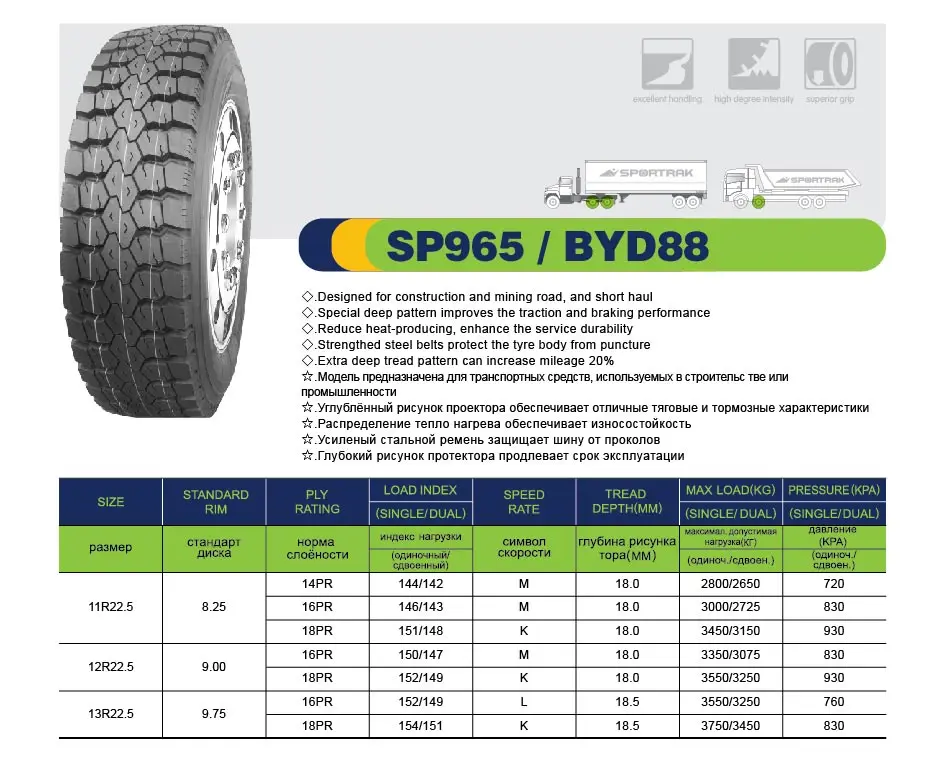 Our cars are getting faster, more efficient, accelerate better and provide more confidence.. Our cars are getting faster, more efficient, accelerate better and provide more confidence.. February 28, 2022, 15:06 | |
| Date of manufacture of Belshin wheels Recently, cases of distrust on the part of customers have become more frequent, regarding the date of manufacture of products of the Belshina trademark. Indignation is caused by not quite neat standard forms indicating the week and .. 16 February 2022, 12:59 | |
Monday, June 27, 2016 11:00:00 Europe/Moscow
One of the recent trends has been the focus on low profile tires. This is especially evident during the sale of summer tires. About how relates to the low-profile tire , what operating features it has, will be described below.
In today's world, a low profile tire is one that has a profile height (tire height) to width ratio of 55% or less.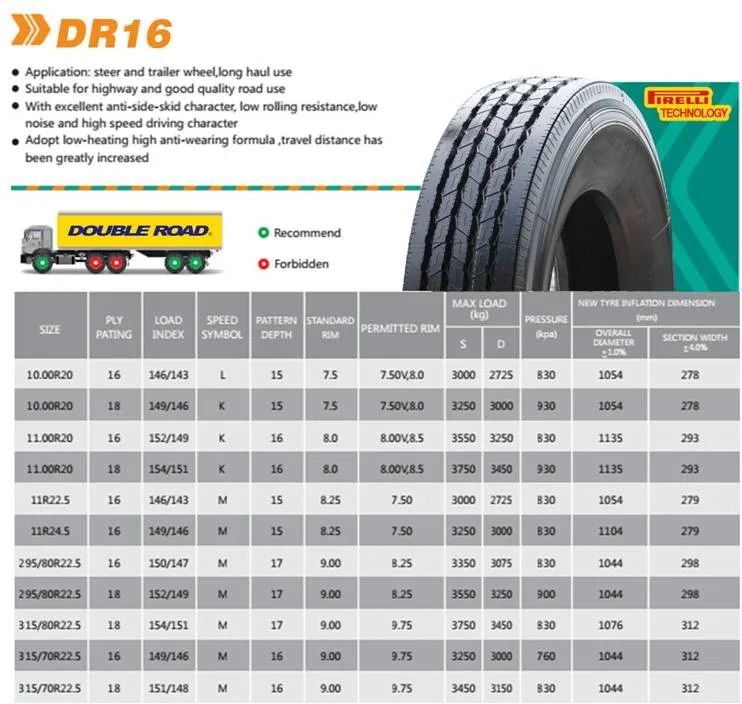 Thus, low profile tires include, for example, the following sizes:
Thus, low profile tires include, for example, the following sizes:
Given the current trends in tire size development and the emergence of new cars, we can say that the 55 series as the border between standard profile and low profile will no longer be considered as such in the near future. In reality, this has already happened and among those who are deliberately looking for a tire with a narrow sidewall, the size 205/55 R16 is not considered low profile. And if we turn to history, then at the dawn of the appearance of low-profile tires, the parameter separating them from standard tires was generally 70%! And, for example, size 195/70 R14 was already considered low profile.
The first low profile tires were produced by Michelin in 1937. However, the condition of the roads and the equipment of mass-produced cars did not allow such tires to be widely used and they were installed exclusively on racing cars.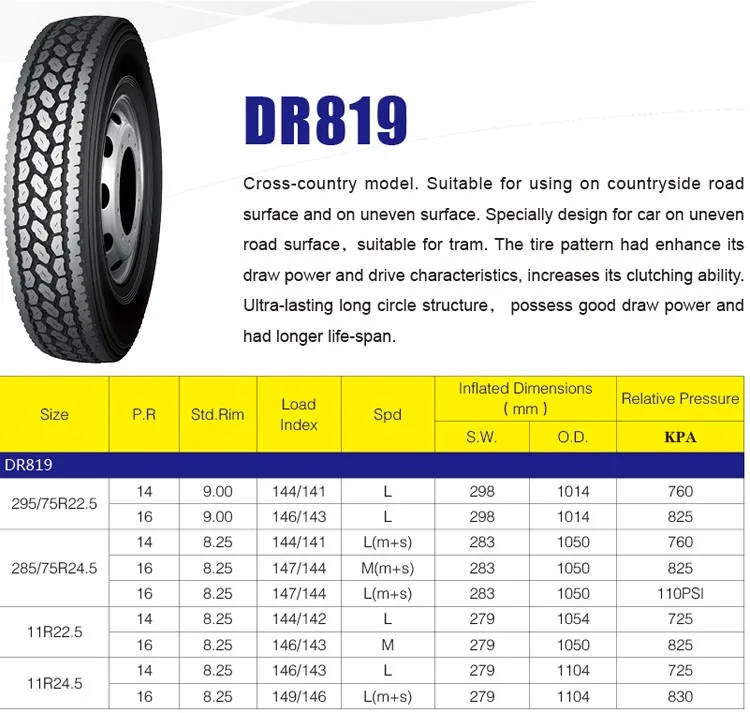
In the sports world, the idea of a low-profile tire was adopted almost immediately, as low-profile tires provide better vehicle stability during high-speed manoeuvres. At the same time, the use of such tires on conventional cars was abandoned for many decades and returned to it only in 1978 year.
One of the main benefits of the low profile tires is that they give the car a more sporty appearance. The main difference from standard tires in behavior is the improvement in vehicle handling. So when cornering at high speed, there is almost no buildup of the car, which is characteristic of conventional tires, which occurs due to deformation of the sidewall of the tire under the influence of loads. The greater stability of the tire improves the handling of the car, and also increases the information content of the car as a whole. Also, a low-profile tire mounted on light-alloy wheels shows faster acceleration and also improves braking.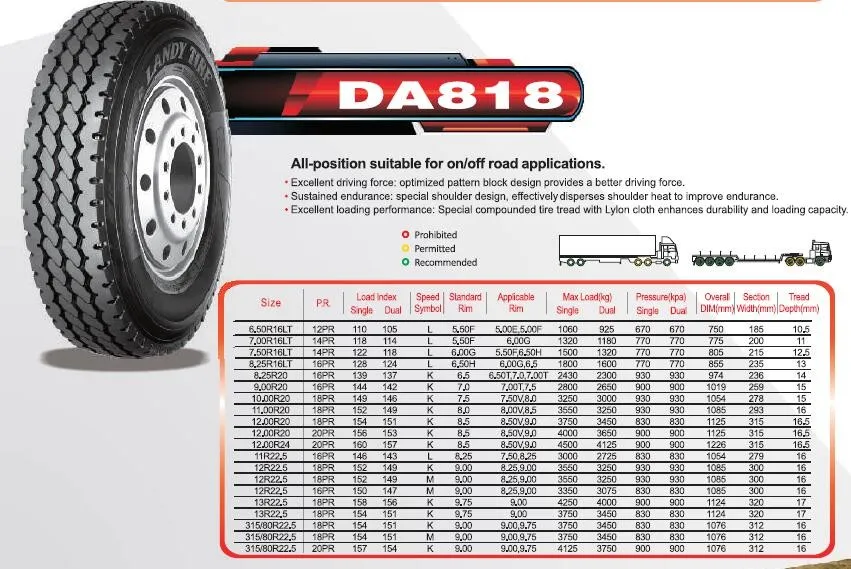
The disadvantages of this rubber are also related to its height. The lower the profile of the tire, the lower the tire sidewall height, which means the lower the damping ability of the tire to reduce vibrations from the road. As a result, all the bumps in the road are immediately felt on the steering wheel, because such low-profile tires are not suitable for roads with poor quality surfaces.
Lack of adequate cushioning can lead to even more unfortunate consequences than loss of comfort, since, for example, the load on the car's suspension is increased. It is also worth remembering that the transition to low-profile tires is always accompanied by an increase in the landing diameter of the disks, which means that you need to purchase a new set of disks. In addition, low-profile tires themselves tend to cost more.
Select low profile tires according to the manufacturer's recommendations.